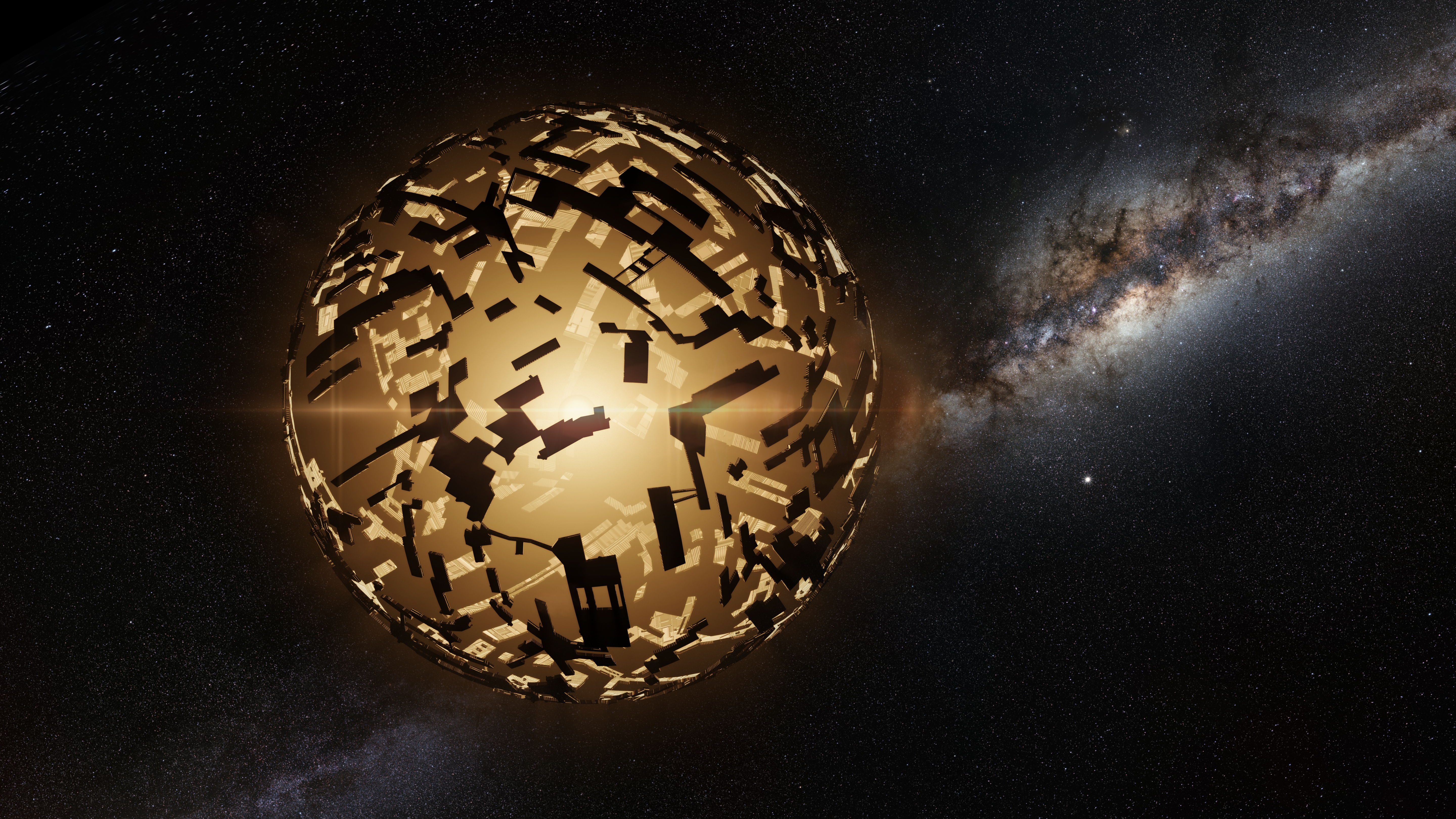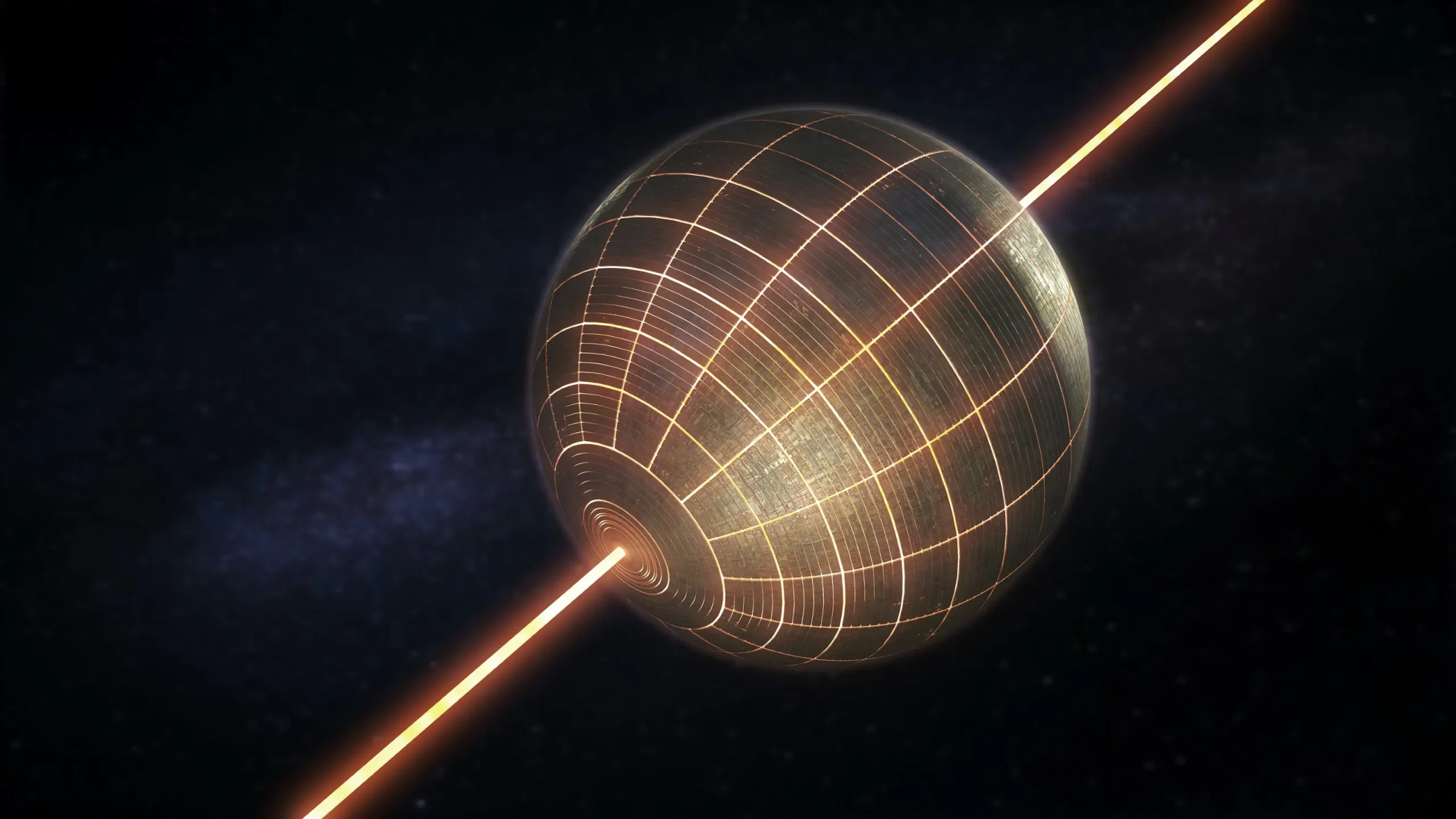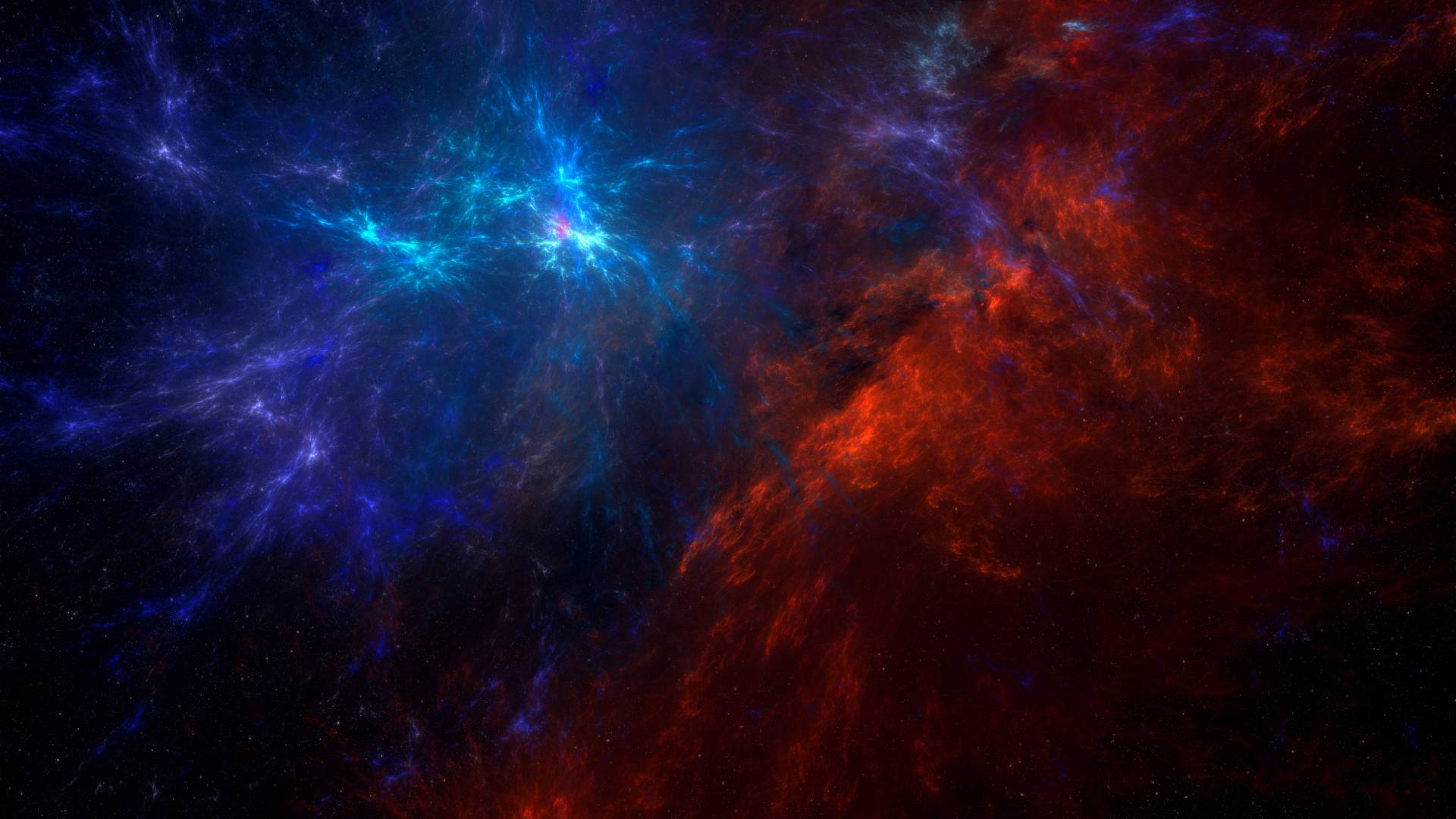Imagine a civilization so advanced, it could build a colossal structure around an entire star to harness all of its energy. This isn’t science fiction—at least not entirely. It’s a concept called the Dyson Sphere, one of the most fascinating ideas in astrophysics, speculative science, and futurism.
At spaceyv, we explore the limits of cosmic possibility—and nothing stretches the imagination quite like the notion of a Dyson Sphere civilization. But what would such a civilization actually look like? How could it build something so massive? And would we be able to detect them from Earth?
Let’s dive deep into the realm of megastructures, Kardashev civilizations, and a future that might already be out there.
What Is a Dyson Sphere?
The idea of a Dyson Sphere was first proposed in 1960 by physicist Freeman Dyson, though similar ideas existed earlier in science fiction. Dyson speculated that a highly advanced civilization would need exponentially more energy than its home planet could provide. The next logical step? Harvest energy directly from the civilization’s own star.
But forget the sci-fi vision of a solid metal shell around a sun. Dyson himself imagined something more realistic: a swarm of satellites or solar-collecting structures orbiting the star, capturing its energy output and transmitting it back to the civilization.

Enter the Kardashev Scale
To understand the implications of a Dyson Sphere, we must mention the Kardashev Scale, created by Russian astrophysicist Nikolai Kardashev in 1964. It measures a civilization’s technological advancement based on energy consumption:
-
Type I: Uses all the energy available on its home planet
-
Type II: Harnesses all the energy of its home star (Dyson Sphere level)
-
Type III: Utilizes the energy output of its entire galaxy
Humanity is currently at around 0.73 on this scale, according to estimates by astronomer Carl Sagan. A Dyson Sphere would signify a Type II civilization — thousands to millions of years more advanced than us.
What Would a Dyson Sphere Civilization Look Like?
1. Massive Technological Infrastructure
A Dyson civilization wouldn’t just have advanced technology — it would redefine what “technology” means. Building megastructures in space would require:
-
Space-based factories capable of self-replication
-
AI and robotics for precision engineering
-
Interstellar logistics for transporting mass from planets, moons, and asteroids
-
Nanoengineering for constructing lightweight, heat-resistant materials
-
Quantum computing or advanced AI for coordination of trillions of moving parts
2. Solar Power at Stellar Scale
The Sun emits roughly 384.6 yottawatts (that’s 3.846 × 10²⁶ watts) of energy. A Dyson Sphere could capture billions of times more energy than what Earth currently uses, enabling technologies we can barely imagine:
-
Planet-scale computation
-
Matter transmutation
-
Interstellar colonization
-
Artificial ecosystems and environments
-
Massive data storage and simulation (perhaps even “ancestor simulations” or artificial universes)
3. Migration into Space
Such a civilization might no longer live on planets at all. Instead, they could inhabit:
-
Orbiting habitats like O’Neill cylinders
-
Space arks or colonies around the Dyson structure
-
Virtual worlds powered by vast solar energy reserves
In fact, Earth itself might become obsolete to such a species, used only as a historical museum or resource hub.
Types of Dyson Structures
There are multiple theoretical forms of Dyson structures:
🛰️ Dyson Swarm
The most practical version — a network of independent satellites or solar collectors orbiting the star. No single object encloses the star, but collectively, they absorb much of its radiation.
🌐 Dyson Bubble
A more advanced idea: satellites that remain fixed in position using solar sails, balancing gravitational pull and radiation pressure.
🔮 Dyson Shell
The classic sci-fi image: a solid or semi-solid shell encompassing the star. It’s likely unfeasible due to material strength limits and gravitational instability, but a shell of small interlinked platforms might one day be possible.
Where Would the Materials Come From?
To construct such a megastructure, a civilization would need an astronomical amount of matter. Earth wouldn’t even make a dent. Instead, they might mine:
-
Mercury (already close to the Sun, rich in metals)
-
Asteroids and comets
-
Gas giants’ moons
-
Even entire rogue planets or Kuiper Belt objects
The civilization could also break down moons or smaller planets entirely, using the raw materials to construct their swarm.

Could We Detect a Dyson Sphere?
This is one of the most exciting parts for modern astronomers.
A Dyson Sphere would block or reroute a star’s light, and the waste heat would radiate in the infrared spectrum. In fact, infrared excess is one of the ways SETI (Search for Extraterrestrial Intelligence) researchers try to identify possible advanced civilizations.
Notable Candidates:
-
Tabby’s Star (KIC 8462852): Its strange dimming led some to speculate about Dyson-like structures. It’s more likely caused by dust, but the search continues.
-
IRAS 20324+4057 and other infrared-bright stars have also raised eyebrows.
Researchers using instruments like NASA’s Spitzer Space Telescope and the James Webb Space Telescope continue to scan for anomalies in starlight that might suggest Dyson-like activity.
Philosophical and Existential Questions
A Dyson Sphere isn’t just a technological marvel — it raises profound questions:
-
Would such a civilization be post-biological, having uploaded its consciousness into machines?
-
Would it remain peaceful, or become a galaxy-colonizing force?
-
Could it create simulations of reality, possibly including ours?
-
Would it care to communicate, or be so advanced we appear as ants?
At spaceyv, we believe these questions are worth asking — not because we’re certain of the answers, but because they push the boundaries of our imagination and knowledge.
Could Humanity Build One?
In theory — yes. But we’re likely thousands of years away.
Here’s what we’d need first:
-
Space-based manufacturing and orbital infrastructure
-
A Type I civilization, mastering Earth’s full energy potential
-
Control of AI and autonomous robotics
-
Terraforming, asteroid mining, and possibly fusion power
-
Global cooperation or a unifying AI managing the entire project
The cost? Possibly more than Earth’s current GDP — but spread over centuries, and once interplanetary resources are included, it’s no longer purely science fiction.
Final Thoughts from spaceyv
The idea of a Dyson Sphere civilization combines engineering, astrophysics, speculative science, and philosophy into one giant concept. It’s a reminder of how far we might go — and perhaps, how far others already have.
As we look to the stars with telescopes, rovers, and dreams of interstellar travel, the Dyson Sphere stands as a symbol of ultimate cosmic ambition. Maybe one day, spaceyv will report on humanity’s first solar megastructure. Until then, we’ll keep looking up — and asking the biggest questions.
References
Dyson, F. J. (1960). “Search for Artificial Stellar Sources of Infrared Radiation”. Science, 131(3414), 1667–1668.
Kardashev, N. S. (1964). “Transmission of Information by Extraterrestrial Civilizations”. Soviet Astronomy, 8: 217.
Badescu, V., & Cathcart, R. B. (2006). “Macro-Engineering: A Challenge for the Future”. Springer.
Wright, J. T., et al. (2014). “The G Infrared Search for Extraterrestrial Civilizations with Large Energy Supplies. I. Background and Justification”. The Astrophysical Journal, 792(1).
Lingam, M., & Loeb, A. (2021). “Life in the Cosmos: From Biosignatures to Technosignatures”. Harvard University Press.
SETI Institute. https://www.seti.org
NASA Exoplanet Exploration. https://exoplanets.nasa.gov



